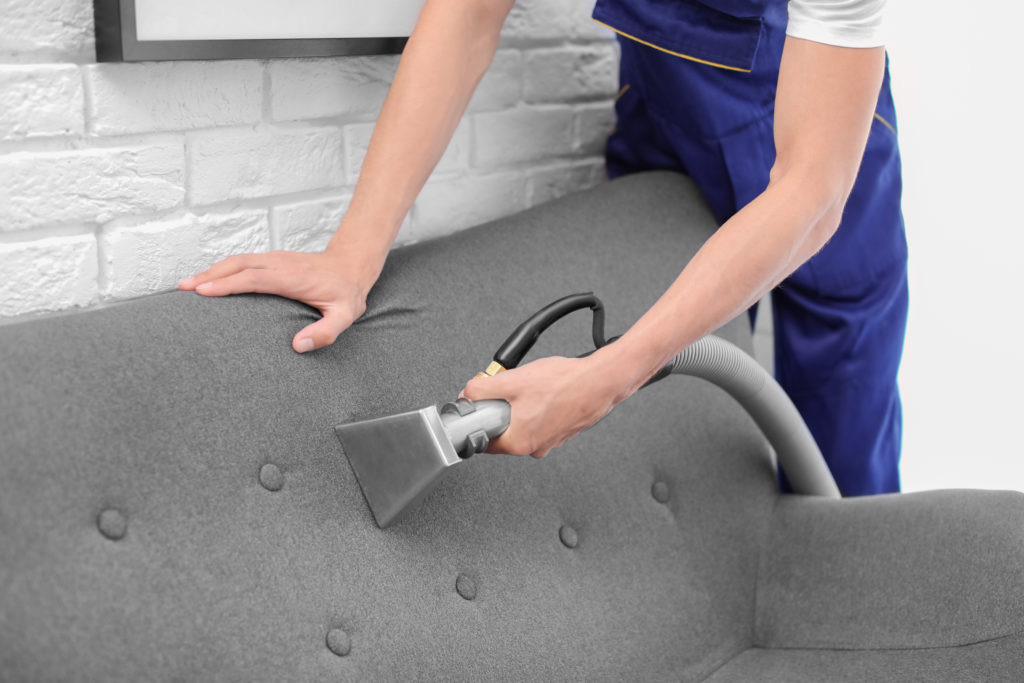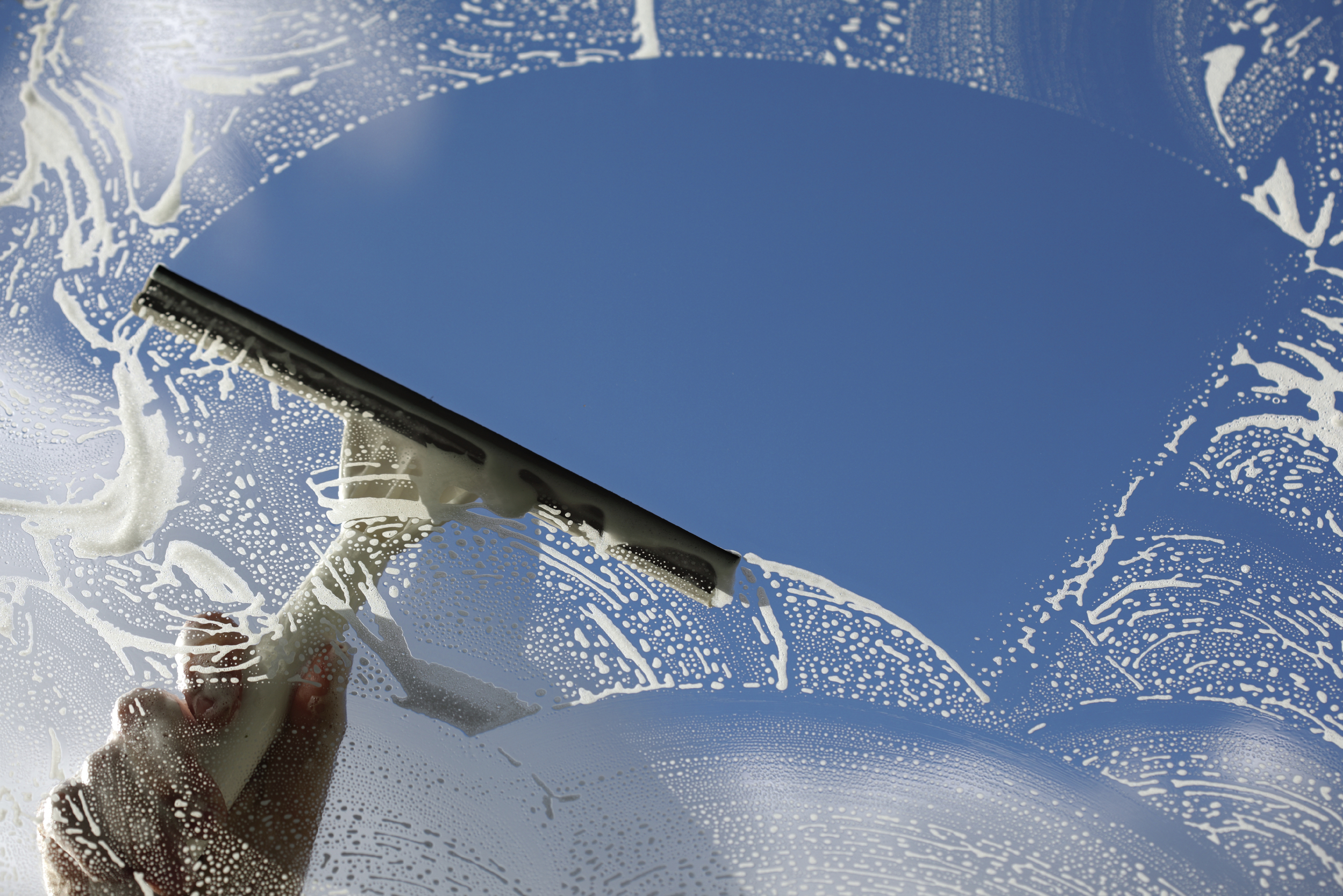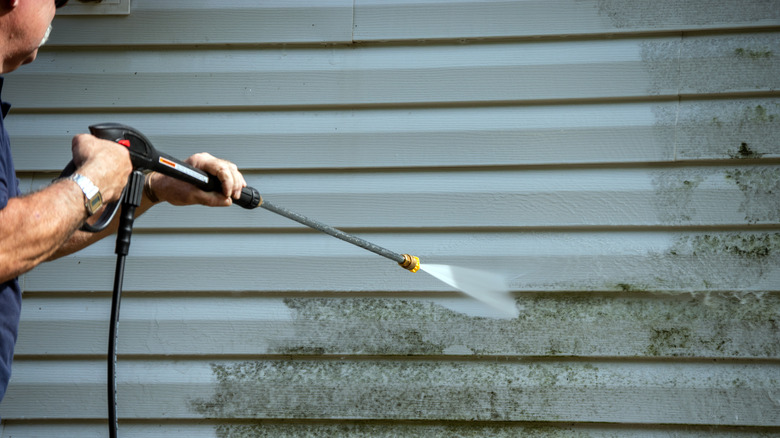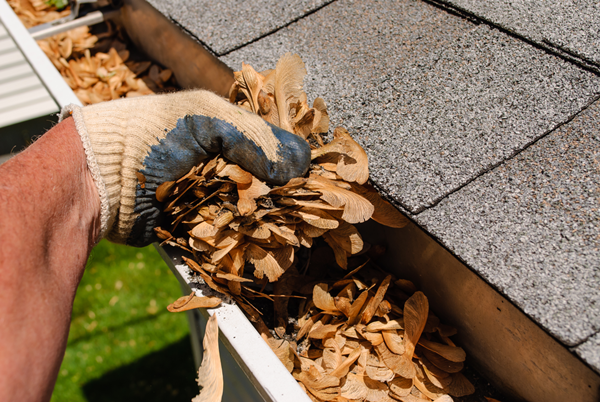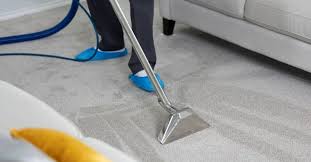Tools & chemistry
- Neutral pre-spray (pH 7–8); enzyme booster for proteins; oxidizer for tannins.
- Horsehair brush / microfiber agitation towel; spotting kit (solvent gel, rust remover).
- Low-moisture upholstery tool with flow control; white towels; air mover.
Assessment
- Identify fiber & clean code (W/S/W-S/X); test colorfastness.
- Check cushion foam type; pre-note wear, pilling, or seam stress.
- Mask wood/metal trim; clear access path.
Process (30–60 mins per sofa)
- Dry soil removal: thorough vacuum incl. crevices.
- Pre-treat: light, even application; 3–5 min dwell (don’t let dry).
- Agitate: with the nap; avoid circular scrubbing on open weaves.
- Rinse/Extract: 1–2 slow wet passes → 1–2 dry passes; edge detail.
- Groom & dry: set nap; add airflow; re-check for wicking.
Avoid: high heat/alkalinity and over-wetting. For water-sensitive foam, use encapsulation + towel extraction.
Maintenance: vacuum weekly, rotate cushions monthly, and consider fabric protector on light textiles.

